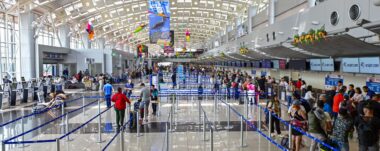Simón Bolívar Park: from National Zoo to Costa Rica’s First Urban Natural Park
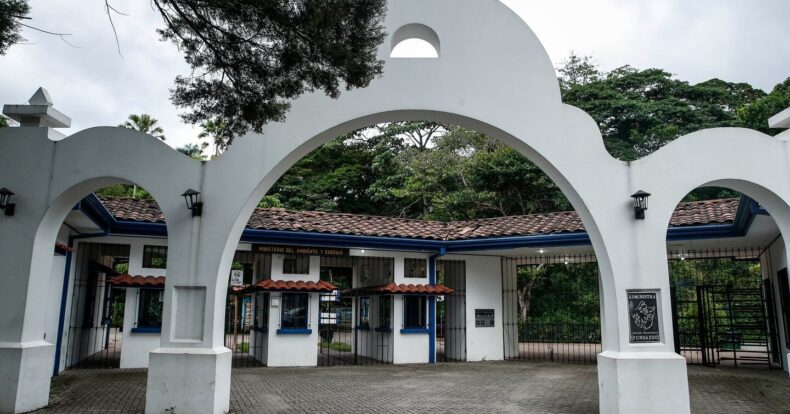
The historic Simón Bolívar National Zoological Park and Botanical Garden, one of San José’s most iconic landmarks, is embarking on a new chapter in its long history: it will leave behind its role as a zoo to become Costa Rica’s first urban nature park. This ambitious project, led by the Friends of Nature Association of the Central and South Pacific, is expected to be ready by the end of 2026.
From a garden to a national zoo
The history of the place dates back to 1884, when Swiss scientist Henry Pittier Promond founded the Jardín de Plantas y Animales (Plant and Animal Garden) as an institution attached to the Instituto Geográfico Costarricense (Costa Rican Geographic Institute). Originally located near the Liceo de Costa Rica, complaints from neighbors about noise forced it to relocate to the vicinity of the Otoya neighborhood.
On July 5, 1916, Executive Decree No. 3 officially established the Simón Bolívar National Botanical and Zoological Garden, named in honor of the South American liberator. Inaugurated on July 24, 1921, on the occasion of the birth of the national hero and the celebration of the centennial of independence, its mission is to conserve endangered species and promote education and scientific research.
Over the decades, the park has been under different administrations: initially it was attached to the National Museum of Costa Rica, then to the Ministry of Agriculture and its various departments, and finally, since 1994, to the Pro Zoological Foundation (FUNDAZOO) through a contract with the Ministry of Environment, Energy and Mines.
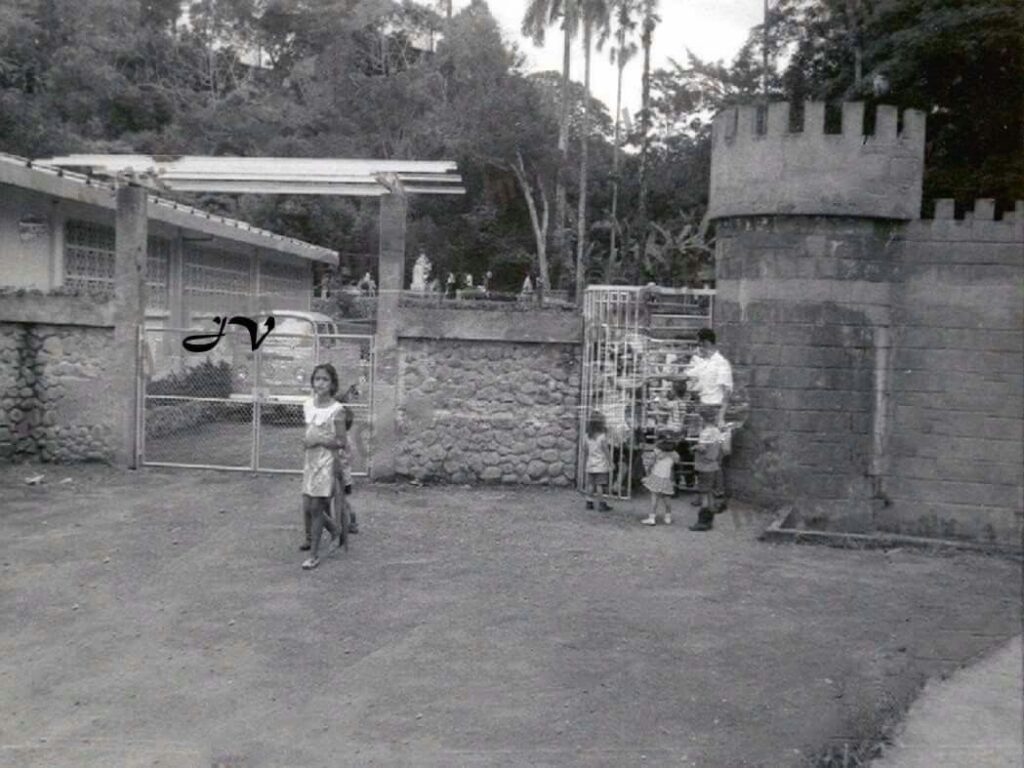
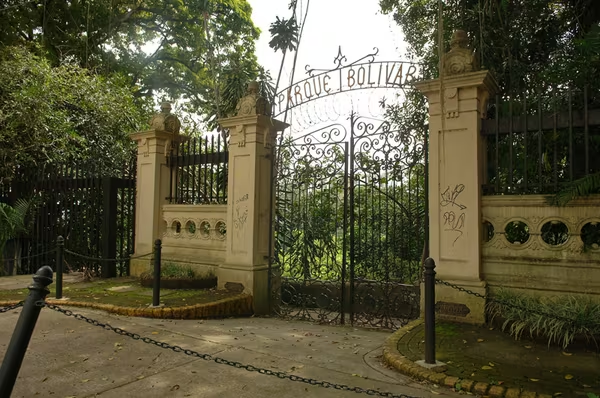
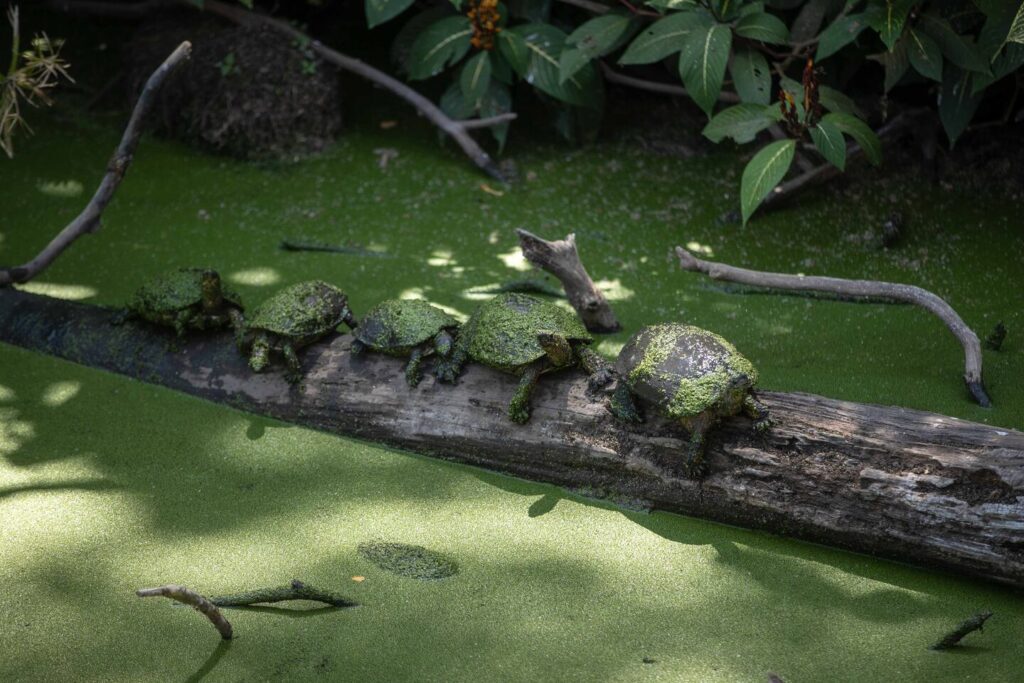
Green space in the heart of San José
Covering an area of 2.63 hectares, the park is located in the Carmen district and forms part of the Río Torres Interurban Biological Corridor. Its original design included trails, animal enclosures, a lagoon, a veterinary clinic, a herpetarium, environmental education workshop areas, and children’s recreation areas, as well as offices and administrative spaces.
For more than a century, it was one of San José’s main urban attractions, where generations of Costa Ricans had their first contact with wildlife.
Closure and transformation
After a lengthy debate on the role of zoos in conservation and animal welfare, Simón Bolívar Park closed its doors as a zoo, beginning its transition to an Urban Natural Park.
According to the authorities, the old animal enclosures will be converted into educational, artistic, and community areas, open to creativity and citizen gatherings.
The Minister of Environment and Energy, Franz Tattenbach, highlighted the importance of this conversion:
Not only does it demonstrate this administration’s commitment to wildlife conservation, but it is also the result of a joint effort between the central and local governments. In addition, it includes a unique cultural and heritage circuit in the heart of San José for citizens to enjoy.
For his part, the Minister of Culture and Youth, Jorge Rodríguez Vives, emphasized that the project’s slogan is “Reinterpreting our heritage,” and that the old cages will be transformed into spaces for recreation, education, and art to support the cultural and economic recovery of the city.
A new chapter for a San José attraction
According to the General Management Plan presented by the government, the initial diagnostic and planning phase is estimated to take between one and three years, after which the site will partially open to the public. However, it is estimated that the final infrastructure will be consolidated within five to ten years.
Sensorial Sunsets
Navigate articles





